In archaeological research, mineralogical analysis can deliver important insights into an artifact’s use, manufacture, and originality. However, researchers must ensure that the analysis method is not destructive to the artifact.
X-ray diffraction is a useful way to carry out mineralogical analysis without damaging artifacts. This application note outlines the process and results of non-destructive testing with the Empyrean diffractometer (equipped with a microdiffraction technique) on the materials of two Erlitou Bronze Age plaques.
Erlitou was a Chinese early Bronze Age urban society in Henan Province between 2000 and 1500 BC. Erlitou was the largest capital in the Chinese region until 1500 BC, with several palaces, and was a center of production for bronze objects. The Erlitou society is probably connected to the Xia dynasty, often considered the first dynasty in Chinese history.
A small number (under 20) of plaques with turquoise pieces in the shape of an animal mask are known from Erlitou culture. Characteristic elements are symmetry, raised eyes, small eyelets, and the use of mostly rectangular inlay. The two plaques tested were of this kind, from a private collection, and measured 14.1 x 9.5 cm and 13.8 x 9 cm, respectively.
Please login or register for free to read more.
In archaeological research, mineralogical analysis can deliver important insights into an artifact’s use, manufacture, and originality. However, researchers must ensure that the analysis method is not destructive to the artifact.
X-ray diffraction is a useful way to carry out mineralogical analysis without damaging artifacts. This application note outlines the process and results of non-destructive testing with the Empyrean diffractometer (equipped with a microdiffraction technique) on the materials of two Erlitou Bronze Age plaques.
The Erlitou culture was a Chinese early Bronze Age urban society in Henan Province between 2000 and 1500 BC. Erlitou was the largest capital in the Chinese region until 1500 BC, with several palaces, and was a center of production for bronze objects. The Erlitou society is probably connected to the Xia dynasty, often considered the first dynasty in Chinese history.
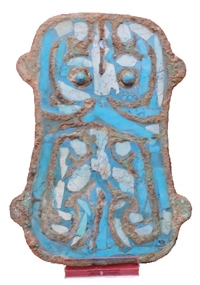 Figure 1. A bronze plaque from the Erlitou culture
Figure 1. A bronze plaque from the Erlitou culture
A small number (under 20) of plaques with turquoise pieces in the shape of an animal mask are known from Erlitou culture. Characteristic elements are symmetry, raised eyes, small eyelets, and the use of mostly rectangular inlay. The two plaques tested were of this kind, from a private collection, and measured 14.1 x 9.5 cm and 13.8 x 9 cm, respectively.
The plaques’ materials were analyzed using optical microscopy and microdiffraction on the Empyrean diffractometer, equipped with a 45 kV, 40 mA Cu LFF HR X-ray tube, an X-ray lens, PIXcel3D detector, a programmable XYZ stage and a laser hight alignment tool.
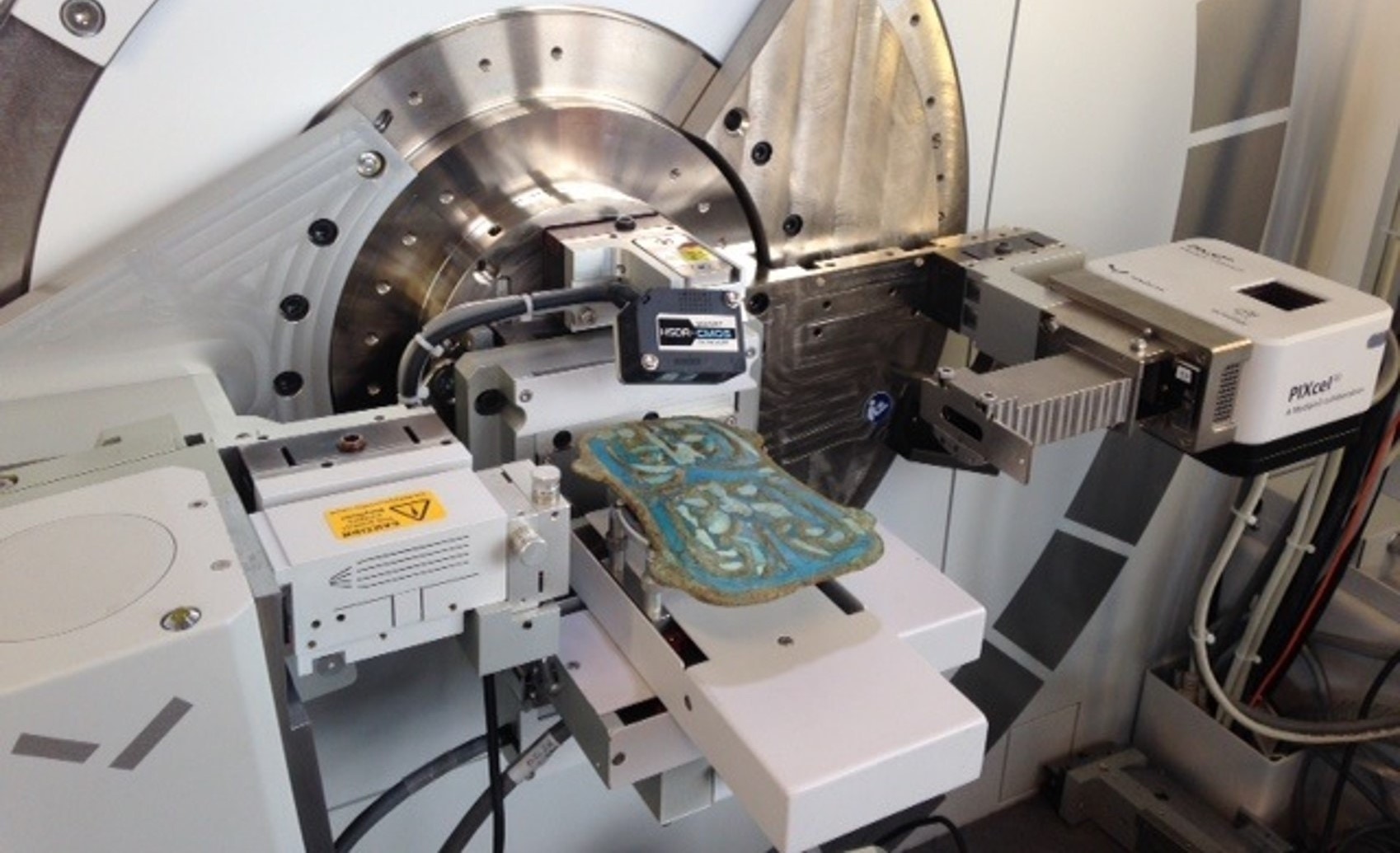 Figure 2. Object placed in the Empyrean
Figure 2. Object placed in the Empyrean
The plaques had two inlay materials according to the optical microscopy – a white to light- or darker-blue or sometimes greenish to greenish-blue material cut by thin black veins, and a light- to darker-blue material composed of small, white crystals (<0.05mm) with several small, round cavities. Around 25 spots of both of these materials, and the alteration products were analyzed using microdiffraction*.
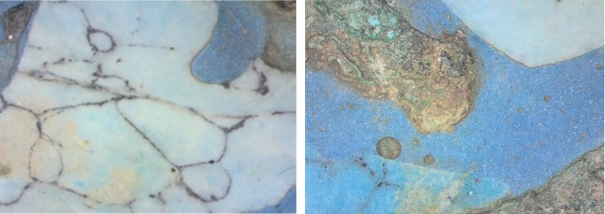
Figure 3. Inlay material type 1 Figure 4. Inlay material type 2
The combined phase analysis and optical microscopy identified the inhomogeneously coloured Inlay Material 1 as calcite (Figure 5), originating from a natural rock (marble). Inlay Material 2 is lighter blue in one plaque and somewhat darker in the other, but within a plaque nearly homogeneous. It was also identified as a calcite, but the small round cavities and the inclusion of a wood fibre indicate that the material was originally a paste and artificially prepared (Figure 6).
This is the first report of calcite as an inlay material in bronze plaques from the Erlitou culture, as well as the first report of the use of two types of inlay material (marble and an artificially prepared material based on calcite) in similar bronze objects.
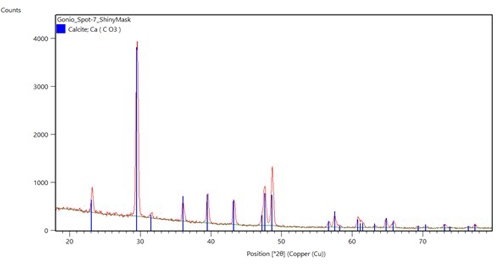
Figure 5. Microdiffraction measurement of a spot of Inlay material 1, identified as calcite.
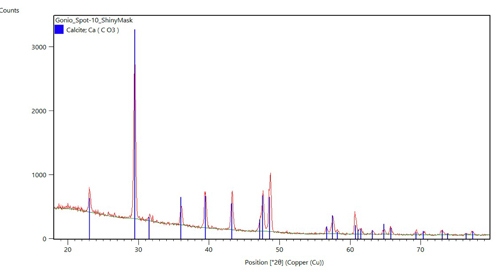
Figure 6. Microdiffraction measurement of a spot of Inlay material 2, the artificially prepared material.
The bronze showed intense corrosion over a long period. As the main corrosion product, rouaite (Cu2(NO3)(OH)3), was detected and in minor amounts cuprite (Cu2O), malachite (Cu2(CO3)(OH)2), anglesite (PbSO4), nantokite (CuCl), and romarchite (SnO) (Figure 7). Cuprite, malachite, anglesite, nantokite, and romarchite phases are well-known corrosion products of bronze. The copper nitrate rouaite is reported here for the first time as a corrosion product of antique bronze objects.
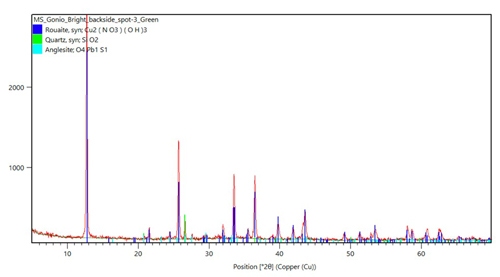
Figure 7. Microdiffraction measurement of a spot of the alteration products of the bronze.
Based on these results, we can gain insight into the original condition, wear, and manufacture of the plaques. For example, to make the plaques:
Over time, the bronze alteration caused a release of Cu+, Cu2+, Pb2+, and Sn2+ cations into an aqueous solution containing relatively high amounts of nitrate, but very low amounts of other anions (indicated by rouaite being the main corrosion product). To allow for the formation of rouaite, the solution’s pH value would have ranged from slightly acidic to slightly basic. Stronger acidic conditions and a fast process can be ruled out, because the calcite did not show etching effects. The corrosion probably took place over several hundred years. The source of the nitrate is probably the decomposition of organic material by nitrate-producing bacteria.
Inlay Material 1’s light-blue to greenish-blue color is a result of copper migration during this corrosion process; the calcite was originally white. Inlay Material 2 was also originally white, indicated by a few small areas with possible discoloration. The paste could have been colored before use, or the blue color might also be a result of copper migration during the corrosion process. Based on this analysis, there is no indication that the plaques are fake.
This application note demonstrates that X-ray diffraction on the Empyrean diffractometer, equipped with microdiffraction tools, is an ideal method for the non-destructive mineralogical study of archaeological objects. Using its PIXcel3D detector, the Empyrean can be used to quickly detect crystalline phases in ancient artifacts without damaging them, enabling more in-depth archaeological research.
* The bronze itself was not analyzed because it is not exposed at the surface.